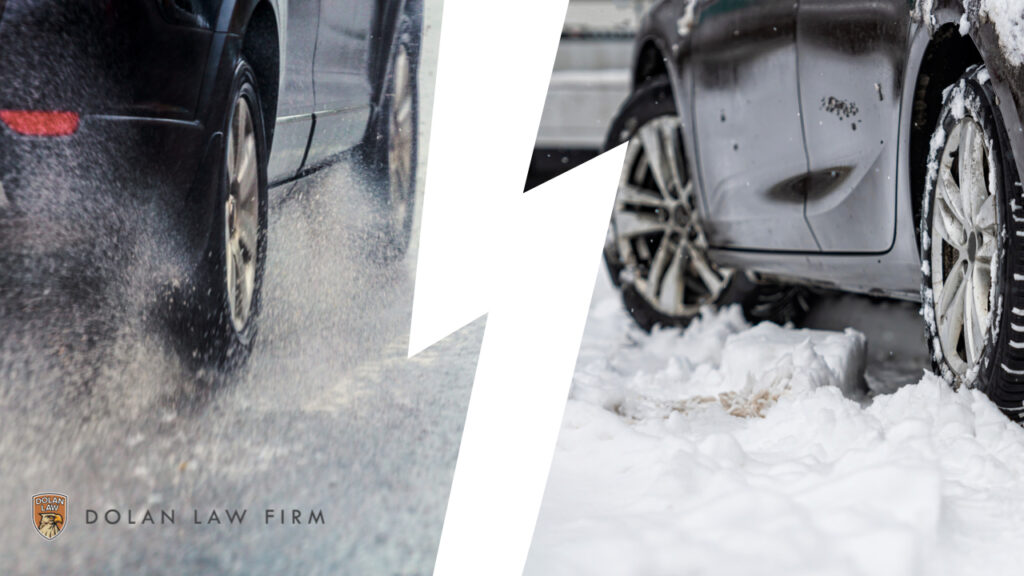Lactation in the workplace
This week’s question comes from Ana in San Francisco, who writes: Q: I am ending my maternity leave next week. I would like to send an email to my manager to ask about my employer’s policy on lactation breaks and request a private room where I can express milk for my baby. However, I am worried …


